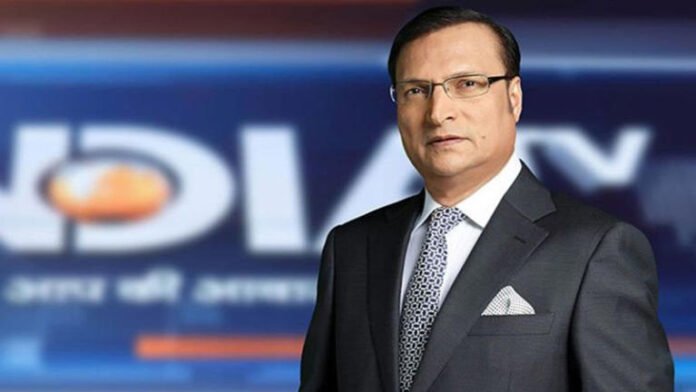In the era of rapidly advancing technology, the phenomenon of deepfake videos has emerged as a formidable threat to truth and credibility. Recently, renowned journalist Rajat Sharma took a significant step in combating this menace by filing a Public Interest Litigation (PIL) in the Delhi High Court. The PIL not only underscores the gravity of the issue but also brings to light the urgent need for legal frameworks to address the challenges posed by deepfake technology.
Deepfake videos are fabricated media, often created using artificial intelligence (AI) algorithms, to depict individuals saying or doing things they never actually did. These videos can be incredibly realistic, making it difficult to discern fact from fiction. The implications of deepfakes are profound, ranging from misinformation and character assassination to political manipulation and social unrest.
Rajat Sharma’s PIL is a bold move that seeks to address the growing threat posed by deepfake videos, particularly in the realm of journalism and public discourse. As the founder of India TV and a seasoned journalist, Sharma understands the critical importance of upholding journalistic integrity and preserving the trust of the audience. His PIL highlights the urgent need for legal interventions to curb the proliferation of deepfakes and safeguard the integrity of information dissemination.
One of the primary concerns raised in Sharma’s PIL is the potential misuse of deepfake technology to defame individuals or manipulate public opinion. In an age where misinformation spreads rapidly through social media platforms, deepfake videos have the potential to exacerbate the problem by presenting false narratives as genuine. This not only undermines the credibility of journalism but also erodes trust in democratic institutions and public figures.
Furthermore, Sharma’s PIL underscores the broader implications of deepfakes on privacy rights and digital security. By creating hyper-realistic videos of individuals, malicious actors can invade their privacy and exploit them for nefarious purposes. Moreover, the spread of deepfake videos poses significant challenges for law enforcement agencies tasked with identifying and prosecuting perpetrators of online crimes.
The PIL also brings into focus the inadequacy of existing legal frameworks in addressing the complexities of deepfake technology. Traditional defamation laws may prove ineffective in combating the spread of deepfake videos, as they were not designed to account for the nuances of digitally manipulated media. Sharma’s initiative calls for a comprehensive legislative approach that specifically targets the creation, dissemination, and detection of deepfakes.
In addition to legislative measures, Sharma’s PIL advocates for greater collaboration between technology companies, media organizations, and government agencies to develop effective strategies for combating deepfake content. This includes investing in advanced detection algorithms, promoting media literacy among the public, and implementing stricter content moderation policies on social media platforms.
The PIL filed by Rajat Sharma serves as a wake-up call for policymakers, legal experts, and society at large to confront the looming threat of deepfake technology. It underscores the need for proactive measures to safeguard the integrity of information in an increasingly digitized world. By taking a stand against deepfakes, Sharma not only upholds the principles of ethical journalism but also champions the cause of truth and transparency in public discourse.
As the case unfolds in the Delhi High Court, it is imperative for stakeholders to rally behind initiatives like Sharma’s PIL and work towards devising holistic solutions to tackle the challenges posed by deepfake videos. Only through concerted efforts and collaborative action can we hope to mitigate the risks associated with this rapidly evolving technology and preserve the integrity of our digital ecosystem.

